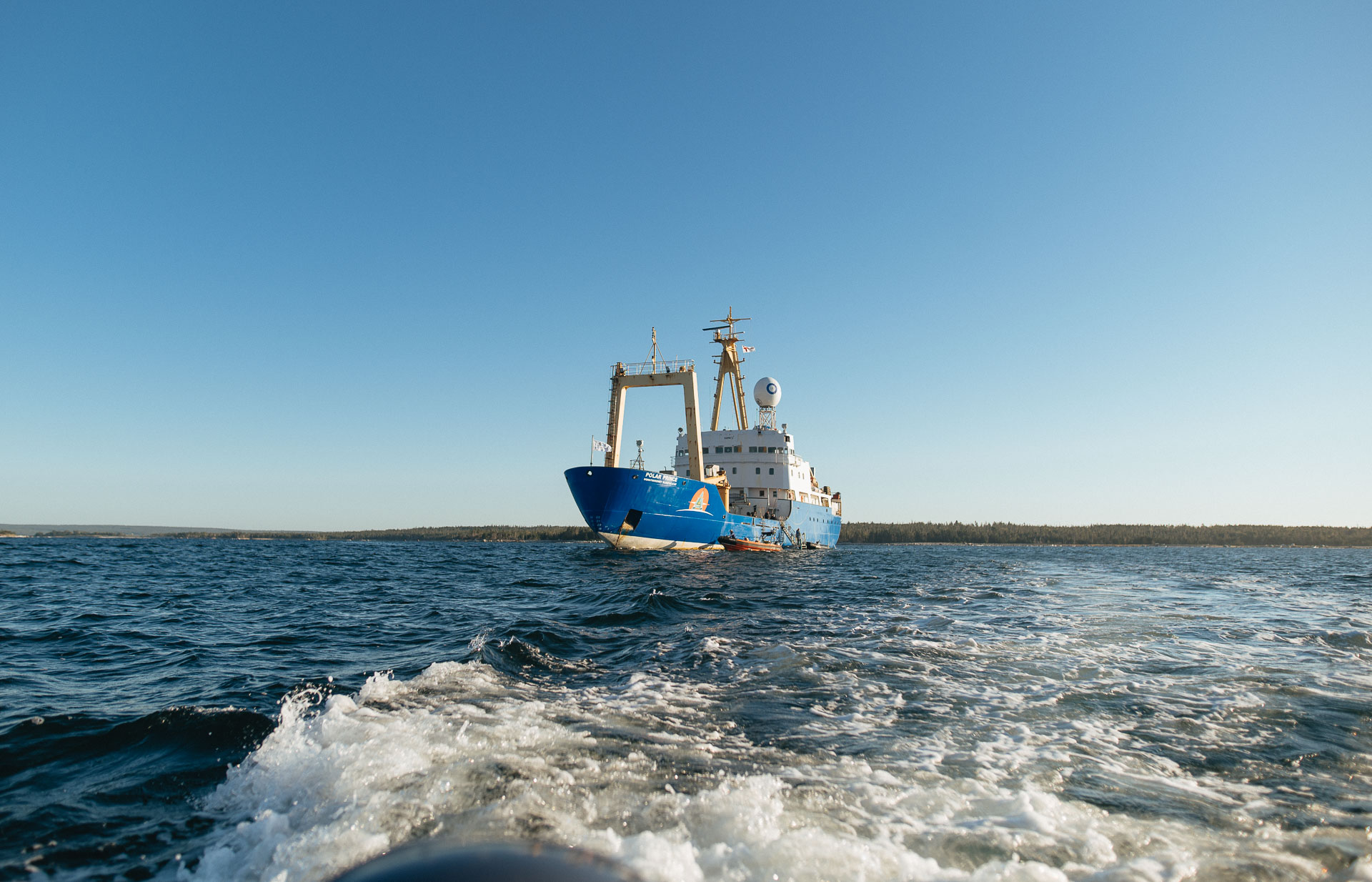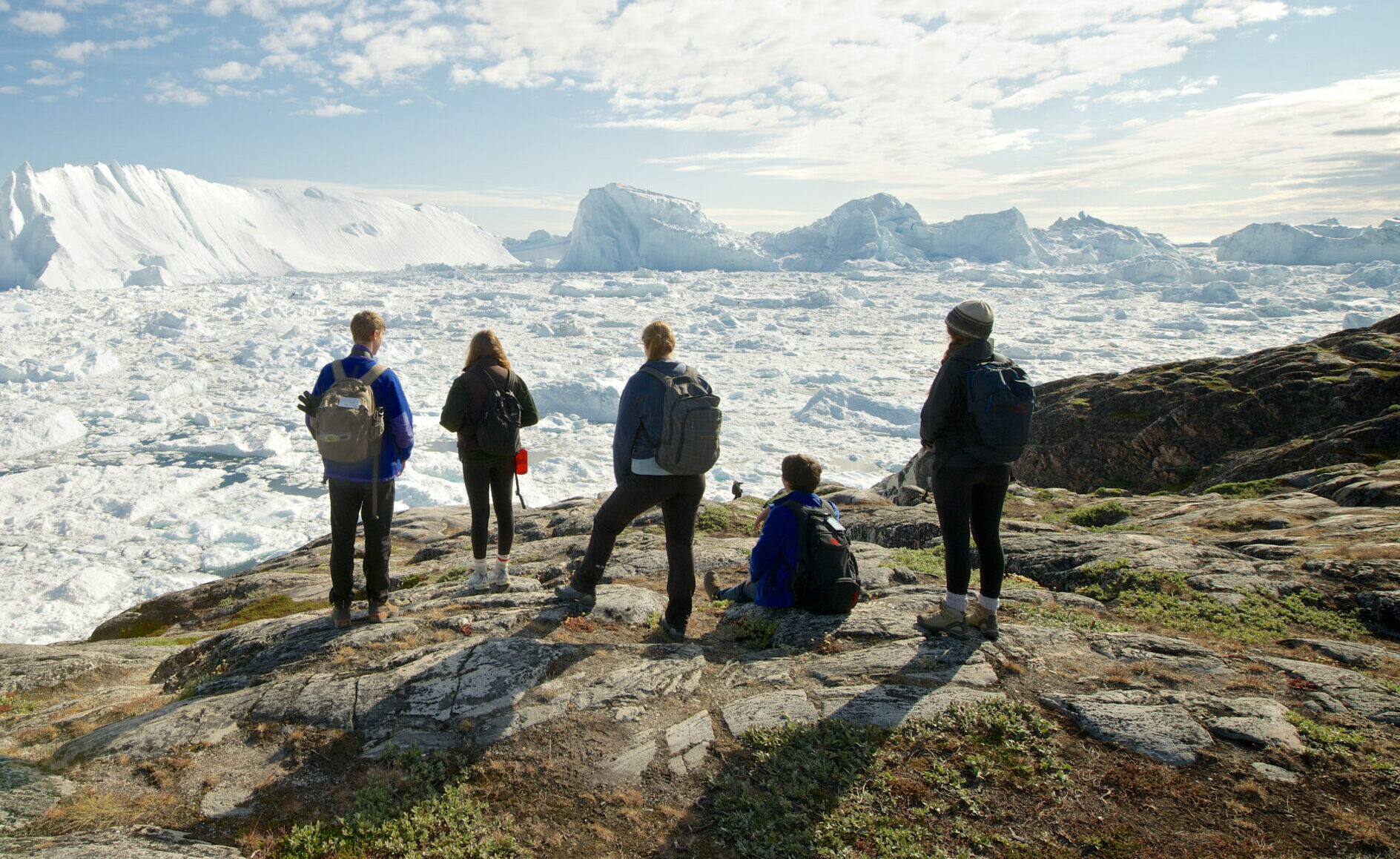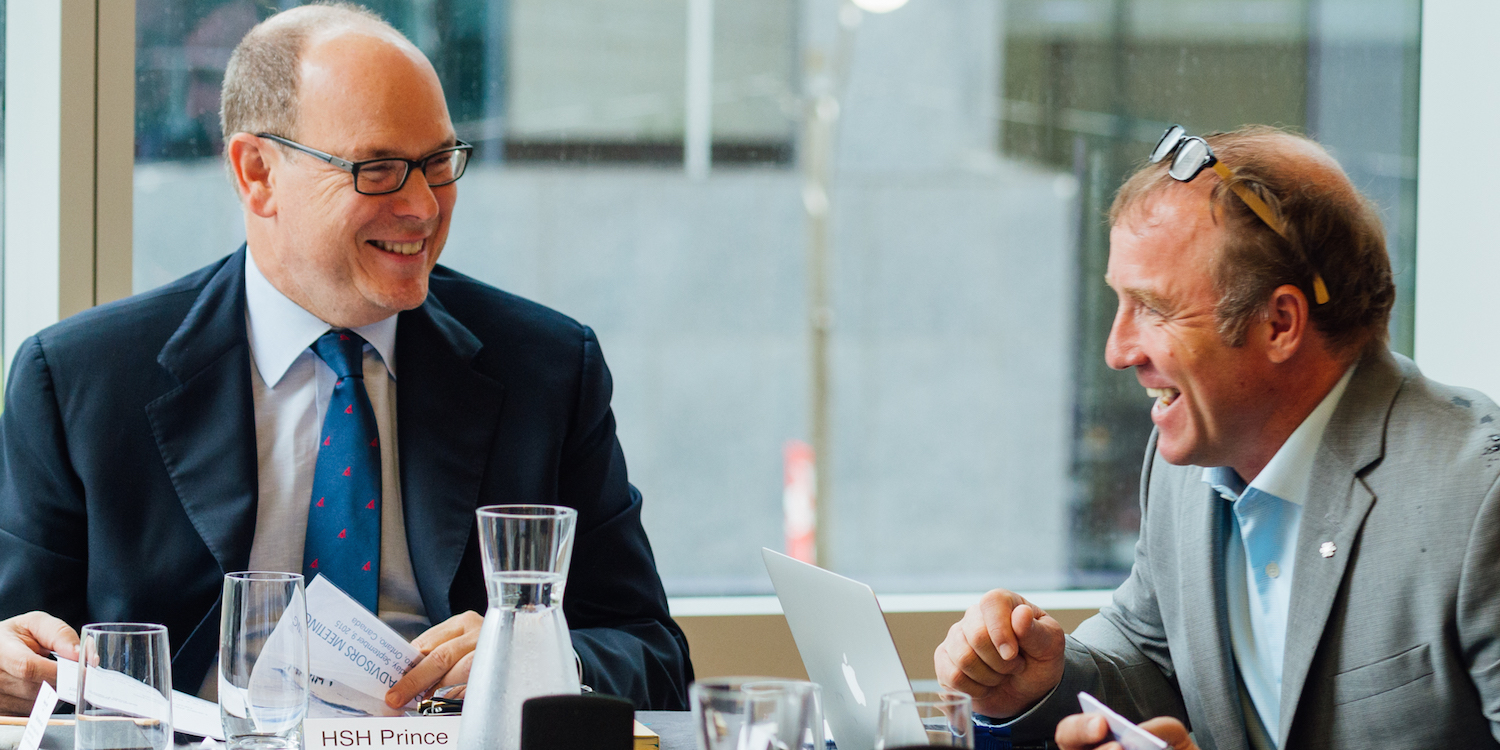Recap Blog: COP27 Week Two
The 27th Conference of Parties (COP27) brought together world leaders, non-governmental organizations (NGOs), government officials, and climate activists. The goal was to review progress made towards addressing climate change by members of the United Nations Framework Convention on Climate Change (UNFCCC). COPs are meant to be a dedicated space to confront the escalating climate chaos and move all countries forward together on finding and investing in solutions.
This year’s COP was hosted in Sharm El-Sheikh, Egypt with a view to positioning voices of the Global South front and centre.
SOI Foundation, with support from Youth Climate Lab, sent a delegation of young leaders from Northern Canada to participate in COP27 this November. The gathering is known to be overwhelming, so we created goals and set intentions for our time in this highly political space. Let’s walk you through some stand-out sessions from week two of COP27.
~~~~
Being only the fifth time that COP has taken place in an African country, all eyes were on Africa. Since we don’t have first-hand experience with climate change in the Global South, we saw COP27 as an opportunity to learn about climate negotiations, international targets, and priorities for climate action in the Global South.
“The Global South experiences our climate inaction and the frustration can be felt. They deal with extreme climate events, food insecurity, and death because of the Global North’s inability to reduce emissions. It was important to put a face to this issue at COP27 and meet those on the harshest frontlines of the climate crisis. We need to do more to save our neighbour’s lives.”
– SOI Delegate, Meesha Whitkopf
COP and climate justice are about so much more. One of the first things we noticed during the second week of events was that there is no climate justice without human rights justice. For example, climate change disproportionately impacts people who have been made the most vulnerable through ongoing inequality and discrimination.
Many of the sessions we attended made it clear that we in the Global North have a direct impact on our neighbours in the Global South. Our failure to meet targets is evident and reflects poorly on us as Canadians and world leaders in the fight for climate justice. One of our delegates, Liam Watts, spoke on a cryosphere (Earth’s frozen water) panel about the cross-regional connections and helped clear a path in our understanding of what we share North to South.
“I believe the Global South and Northern Canada have similarities in climate change mitigation and adaptation. These two regions are not the major global polluters, yet disproportionately feel the impacts of climate change. Both regions need to focus funds and energy on local solutions to climate change. These two regions also share many social issues, magnified by the effects of climate change. Meeting basic needs and addressing human rights need to be priorities for resilience in a changing climate landscape.”
– SOI Delegate, Liam Watts

The independent Climate Action Tracker rates Canadian climate policy as “highly insufficient” because its stated policies and actions are not enough to avert catastrophic global warming. “Highly insufficient” means that as it stands, Canada is on track for 4℃ of warming, much higher than the Paris Agreement goal of keeping global temperature rise below 1.5℃. As we look toward the future, a few of the things we would like to see Canada incorporate are a Just Transition Framework, investments in Indigenous-led renewable energy projects, and a stronger stance on human rights and climate justice at the next COP.
COP is about future solutions and looking ahead. We tried to keep this in mind as we documented some of the proposed ideas for mitigation but ended up spotting many “false solutions.” So what’s the best way forward? Our delegate Emily Ross summed up our feelings on a progressive solution:
“We need a Just Transition that shifts not only our energy sources, eliminating fossil fuels, but also shifts the economic systems that we operate under. A shift from neoliberal capitalism to cooperatives, social and public production, just distribution of reproductive labour. We need systems that prioritize people and lifeways over profits and endless growth.”
– SOI Delegate, Emily Ross
But, before we start adding too many asks for COP28, we’d like to see strong action on previous agreements. Seeing first-hand the intricacies and challenges of international climate negotiations was eye-opening for our delegates, and was an important reason to attend this conference.
“It was important for me to experience high-level conversations about climate action. I’ll be incorporating lessons from COP27 into the WRFN Food Sovereignty Project that I’m leading. It was valuable to connect with others working on climate-resilient food systems in their communities.”
– SOI Delegate, Meesha Wittkopf

With other social issues intrinsically tied to climate justice, it can feel overwhelming. So what is the best path forward for young Canadian climate leaders? Starting small and working within your local community.
“While very interesting and eye-opening, you don’t need to have gone to COP27 to take climate action. Keep focusing on your passion and paving the way towards a climate-just future in your home communities.”
– SOI Delegate, Meesha Wittkopf
Despite all that we saw and learned both in terms of progress and hurdles, we can’t lose hope. Successful movements can’t be built on despair.
“For those who don’t already care about climate change, we need a lens of imagination and solutions when bringing them into this circle. When people feel like climate change is doom & gloom, they shut it out. If people understand that addressing climate change will improve their lives, it will lead to collective action.”
– SOI Delegate, Emily Ross





